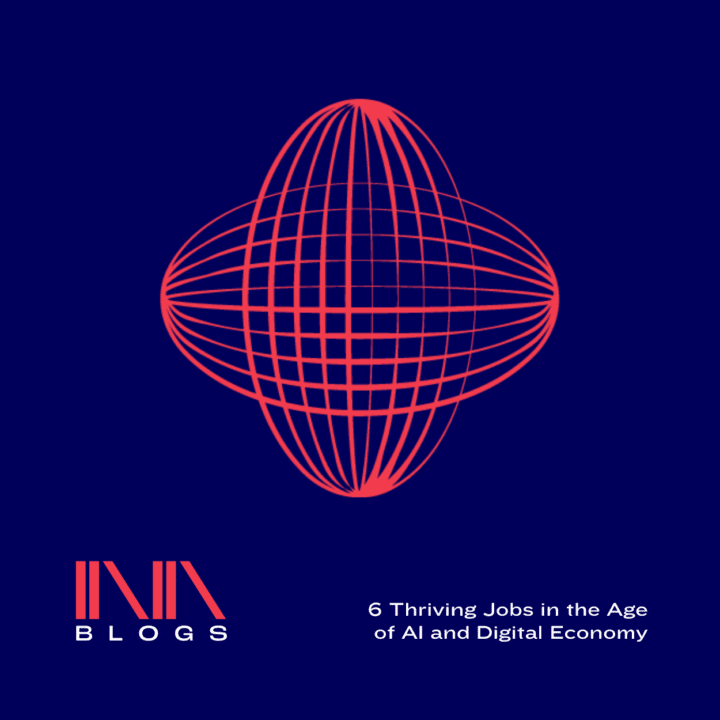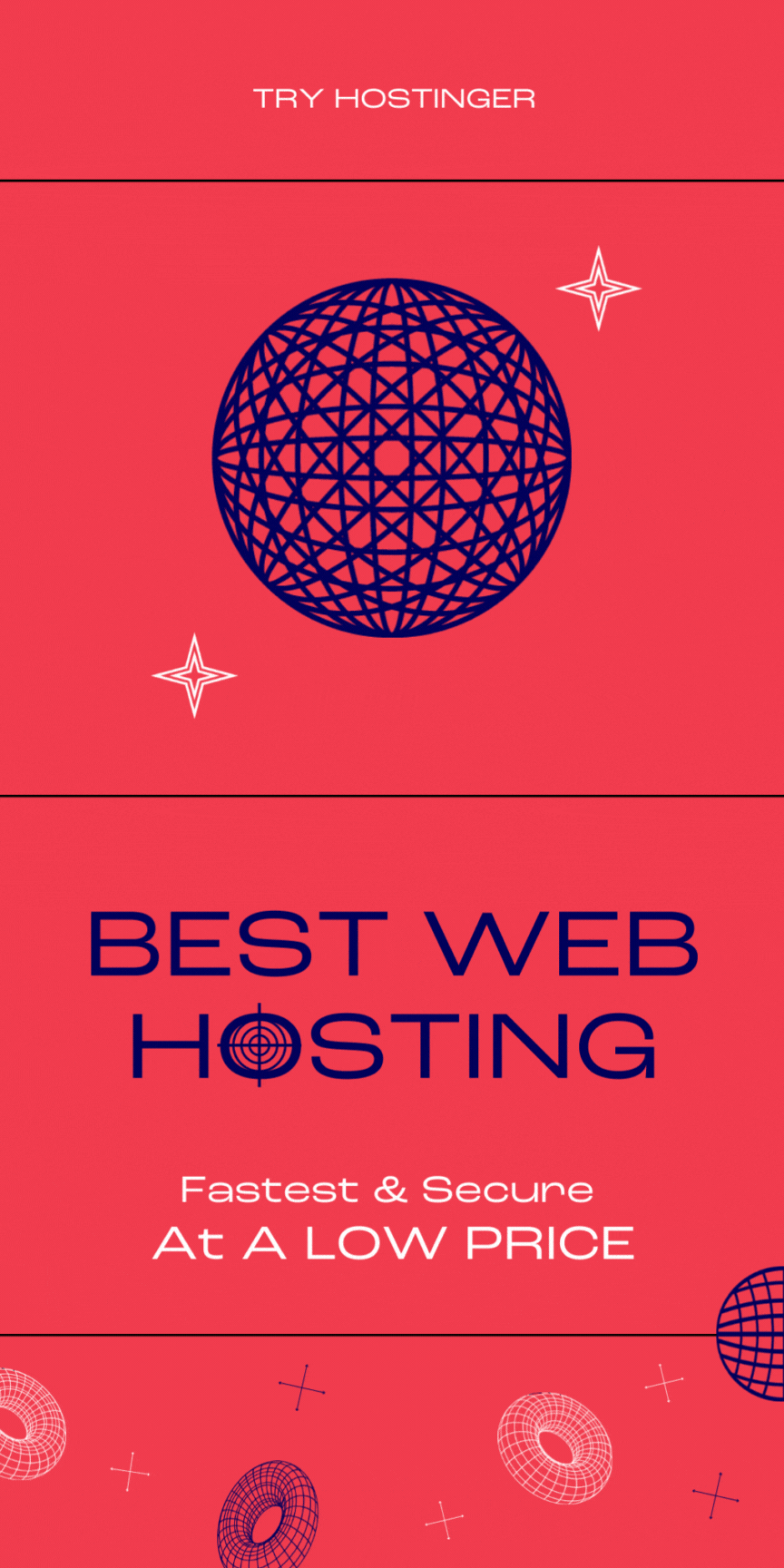Introduction
In this intriguing podcast episode title “The Transpacific Experiment”, we embark on a captivating journey to explore the intertwined history and current dynamics between two tech powerhouses – Silicon Valley and China. Our host, Ina O’ Murchu, leads the way as we delve into the fascinating connections between these two giants and their potential to shape the world’s culture and emerging technologies.
Matt Sheehan: A Leading Authority on US-China Tech Relations
Joining us in this illuminating conversation is Matt Sheehan, a distinguished Fellow at the prestigious Paulson Institute’s ‘MacroPolo’ Think Tank. Matt has emerged as a leading authority on the complex relationship between the United States and China, particularly concerning technology. His expertise shines through in his groundbreaking book, “The Transpacific Experiment – How China And California Collaborate And Compete For Our Future“, where he provides unique insights into the intricate dynamics between these two influential players in the tech realm. With Matt’s guidance, we gain valuable perspectives on the rise of China’s tech scene, the enthralling “Silicon Valley’s China Paradox,” and the future of global tech collaboration amid evolving geopolitical landscapes.
Follow Matt Sheehan on Twitter
https://twitter.com/mattsheehan88
The Rise of China’s Tech Scene
In recent years, China’s technology landscape has experienced a meteoric rise, transforming the country into a global tech hub. This transformation can be attributed to several factors, such as the implementation of the Great Firewall, which created a separate digital ecosystem within China. With a massive domestic market, Chinese tech companies had the opportunity to grow and innovate without direct competition from global giants. Moreover, the Chinese government played a pivotal role by supporting and funding the tech industry through various initiatives, including establishing incubators and attracting overseas talent.
Driven by the determination and ingenuity of Chinese entrepreneurs and engineers, the tech scene flourished. It’s this drive that fueled the country’s tech industry and made it a formidable player on the global stage.
Silicon Valley’s China Paradox
Between 2010 and 2018, there was a unique period known as the “Silicon Valley’s China Paradox.” During this time, there was a free flow of ideas, capital, and human resources between Silicon Valley and China. The collaboration and mutual inspiration between Chinese and American tech giants were remarkable, fostering an environment of innovation and creativity.
Tech companies from both sides of the Pacific joined forces in partnerships and investments, leading to groundbreaking advancements in various fields. Chinese companies sought to learn from the Valley’s best practices, while Silicon Valley benefited from the sheer size and scale of the Chinese market.
The Current US-China Tech Landscape
However, this honeymoon phase between Silicon Valley and China began to shift in recent times. The US-China relationship underwent a significant transformation, with both sides trying to disentangle their tech ecosystems. Tensions escalated, resulting in increased restrictions on technology transfer and investment.
The current phase is marked by efforts to build separate tech spheres, leading to what many call the “Splinternet”. Splinternet is a divided internet space with different rules and regulations for each region. This fragmentation has raised concerns about how it may stifle innovation, collaboration, and the potential global impact of emerging technologies.
The AI Race: China’s Engineering Prowess vs. US Research Excellence
One of the most compelling aspects of the US-China tech race is the competition in the field of artificial intelligence (AI). The United States has long been known for its research excellence in AI, with leading institutions such as Stanford and MIT driving innovation. In contrast, China has taken a different approach by focusing on engineering talent in vast numbers to rapidly apply AI technologies.
This difference in approach raises intriguing questions about the future of AI development. While the US excels in cutting-edge research, China emphasises on quick implementation. It has allowed AI technologies to proliferate across various industries at an unprecedented pace.
The Future of Technology Leadership: Is Asia on the Rise?
Over the past two decades, we’ve witnessed a dramatic shift in technological leadership. Asia, particularly China, has emerged as a prominent player, challenging the long-standing dominance of the West, and specifically Silicon Valley. Factors such as rapid economic development, increased investment in technology, and a growing pool of tech-savvy talent have contributed to this rise.
As the balance of power tilts, the West is facing the challenge of adapting to the new reality of a more competitive and diverse tech landscape. The notion of an Asia-centric technological future is no longer a distant possibility but an imminent reality.
Balancing Short-Term Gains and Long-Term Vision
An essential aspect of the tech race lies in the different mindsets and work cultures present in Silicon Valley and China. Chinese companies are often associated with intense work habits and a focus on achieving quick results. This drive has undoubtedly led to remarkable progress in a short time.
However, there are also concerns about potential downsides, such as the lack of emphasis on long-term fundamental research. Striking a balance between short-term gains and long-term vision is crucial for sustainable and impactful technological advancement.
Conclusion
In this captivating podcast episode, we’ve explored the intricacies of the US-China tech relationship. We also discovered how Silicon Valley and China have shaped each other’s trajectories. The tech nexus between these two giants holds immense potential to influence global culture and technology’s future.
As we move forward, it is essential to acknowledge the evolving landscape and the challenges it brings. Navigating the complexities of global tech collaboration will require thoughtful consideration, open dialogue, and a commitment to mutual understanding. By recognizing the shared opportunities and addressing the differences constructively, we can forge a path towards a collaborative and innovative future that benefits humanity as a whole.










